Fossil fuels belong in the 20th century
The businesses that take bold steps to remove fossil fuels from their supply chains and reduce their carbon today are the ones that will win tomorrow.

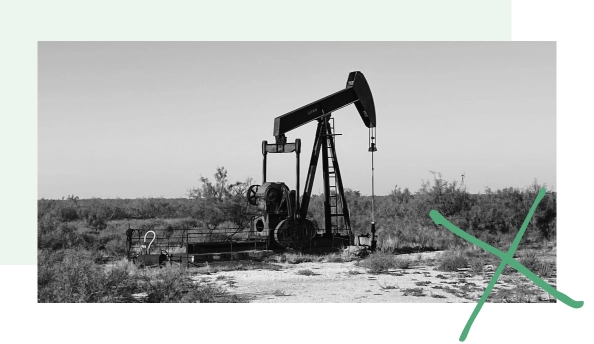
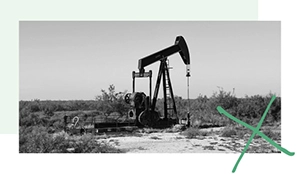
The businesses that take bold steps to remove fossil fuels from their supply chains and reduce their carbon today are the ones that will win tomorrow.

Because lower carbon inputs = a lower carbon footprint for businesses.
Biochar has extraordinary porosity and high absorption capacity making it a versatile material for tackling a wide range of water and soil pollutants.
We create high-volume, yield-boosting, biochar-enhanced fertilizers and soil amendment products.
High-performance, biochar-based sustainable materials have the potential to substitute carbon-intensive inputs across multiple industries.

Because more carbon-negative energy = less fossil fuel power in the grid.

Because businesses must take responsibility for their hard-to-abate emissions today.
Our biochar materials are carbon-negative, because the production process removes more carbon from the atmosphere than it adds.
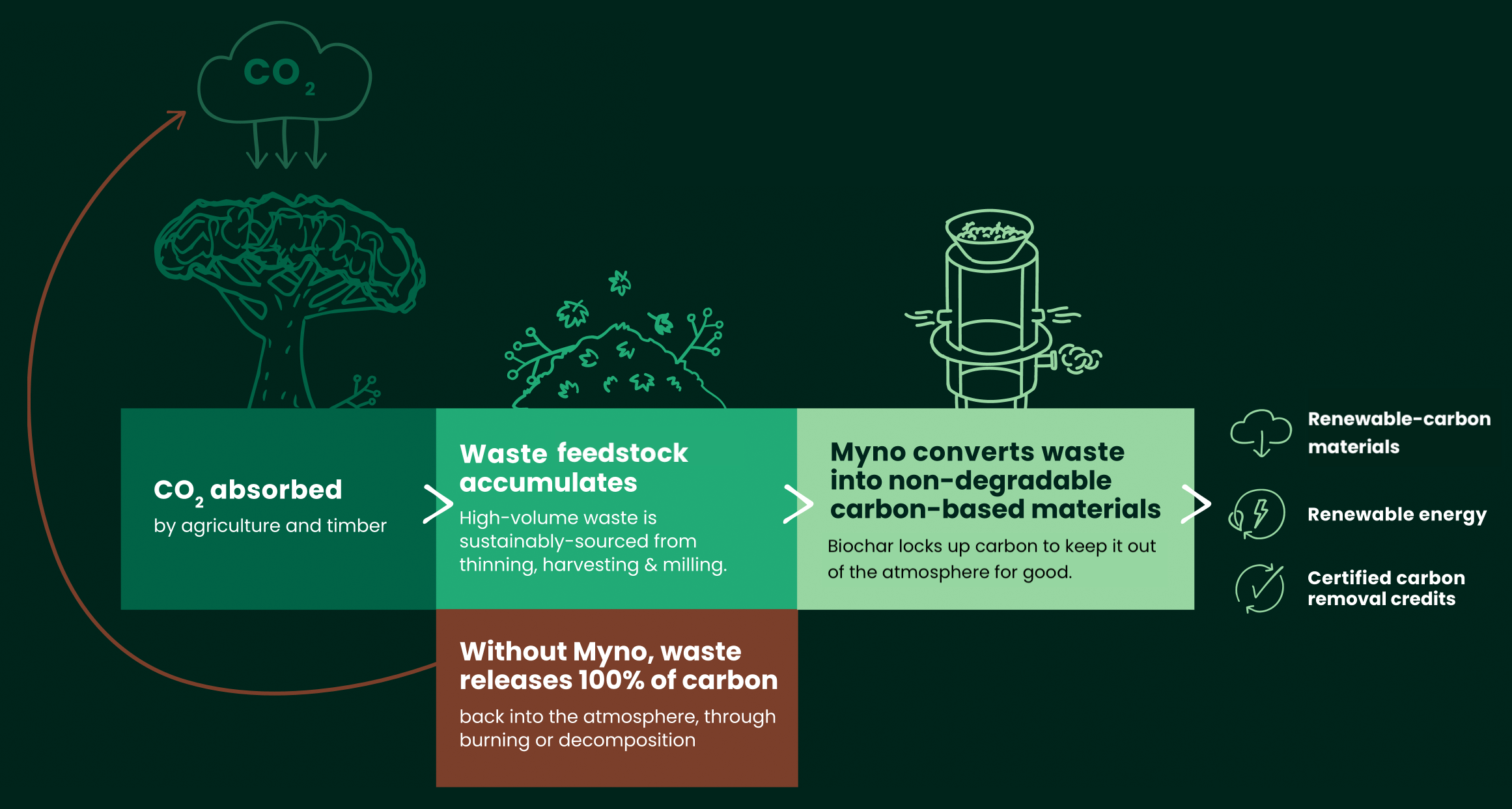

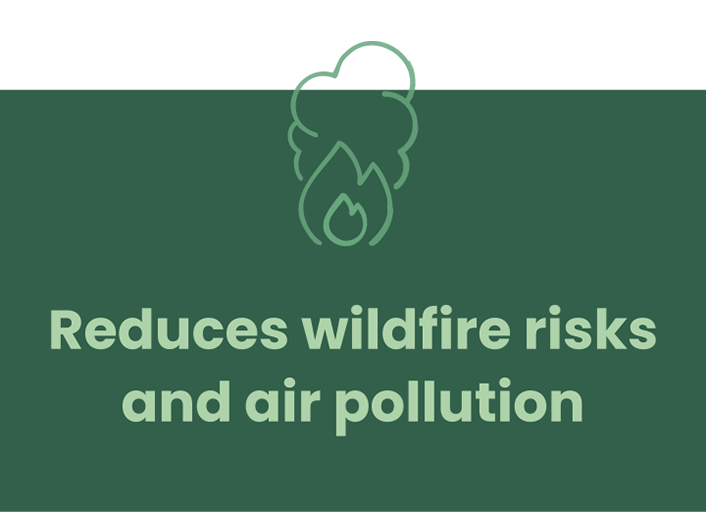

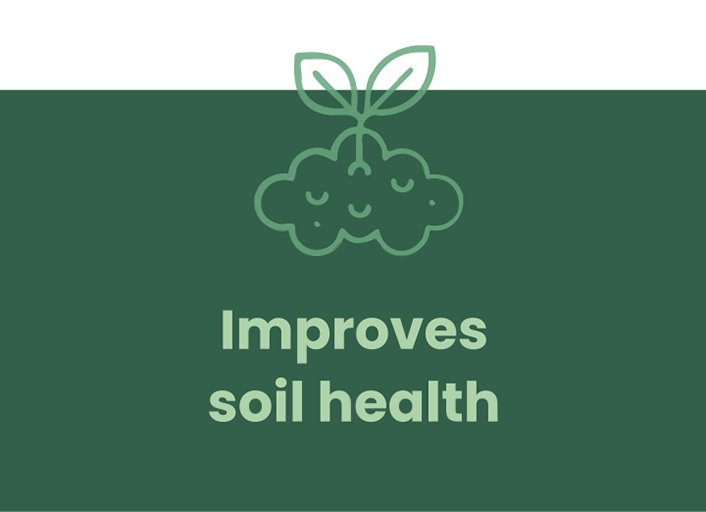
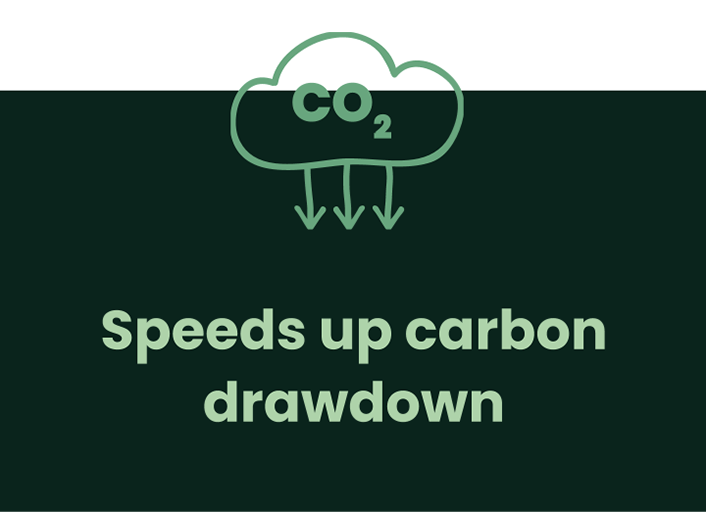
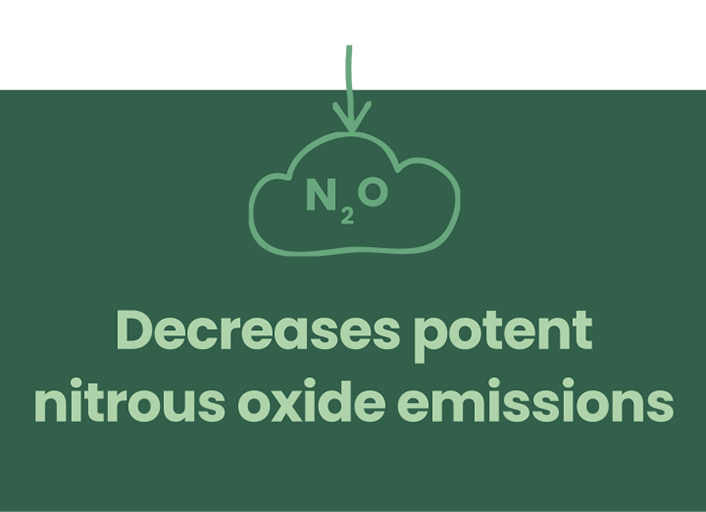
For carbon-negative materials, renewable energy, or carbon credits, contact:

Myno is inspired by Ella, the daughter of our co-founder, Thor. Ella’s first babble was myno, a sound she used to express happiness. Myno was founded with the goal of removing as much carbon from the atmosphere as possible, as fast as possible, for Ella and future generations to live in a world free from the climate crisis.